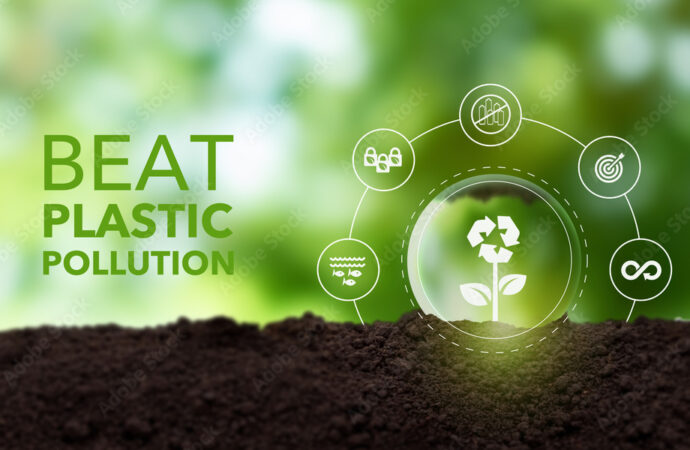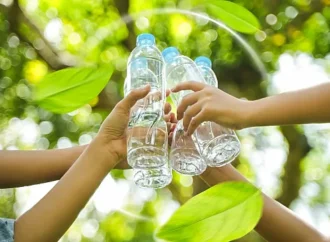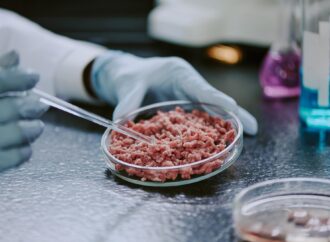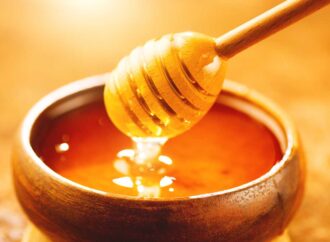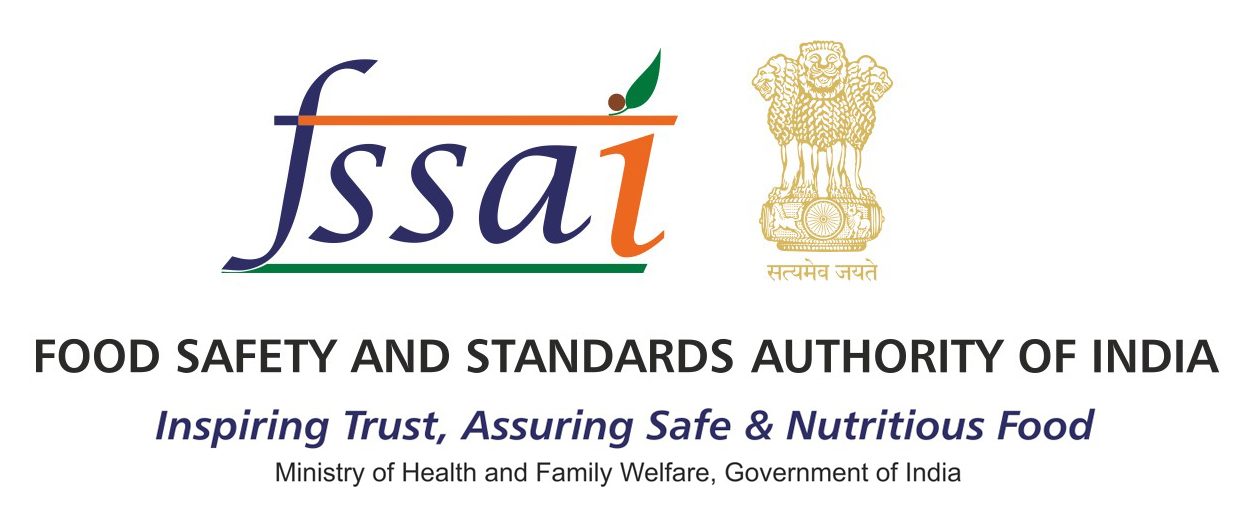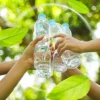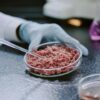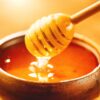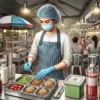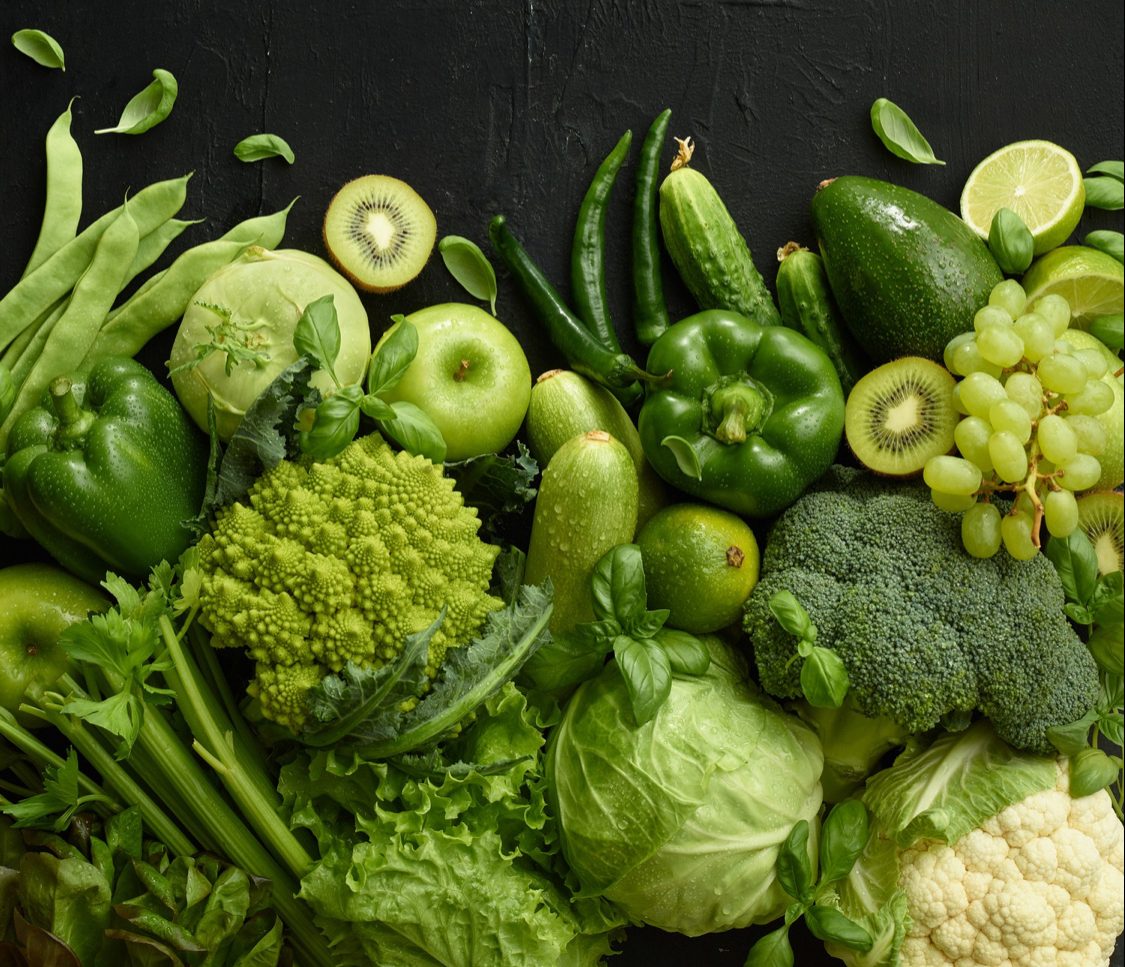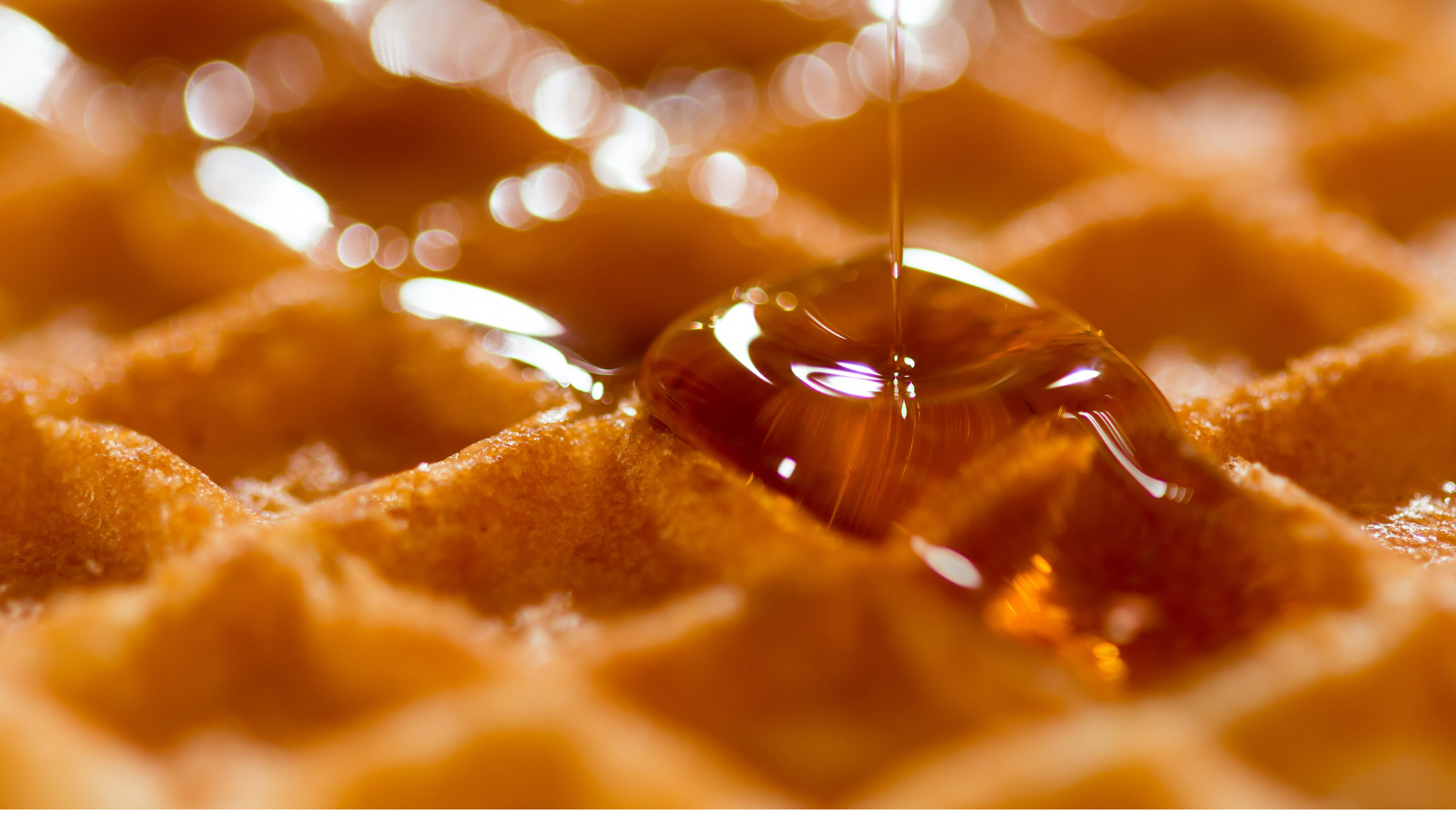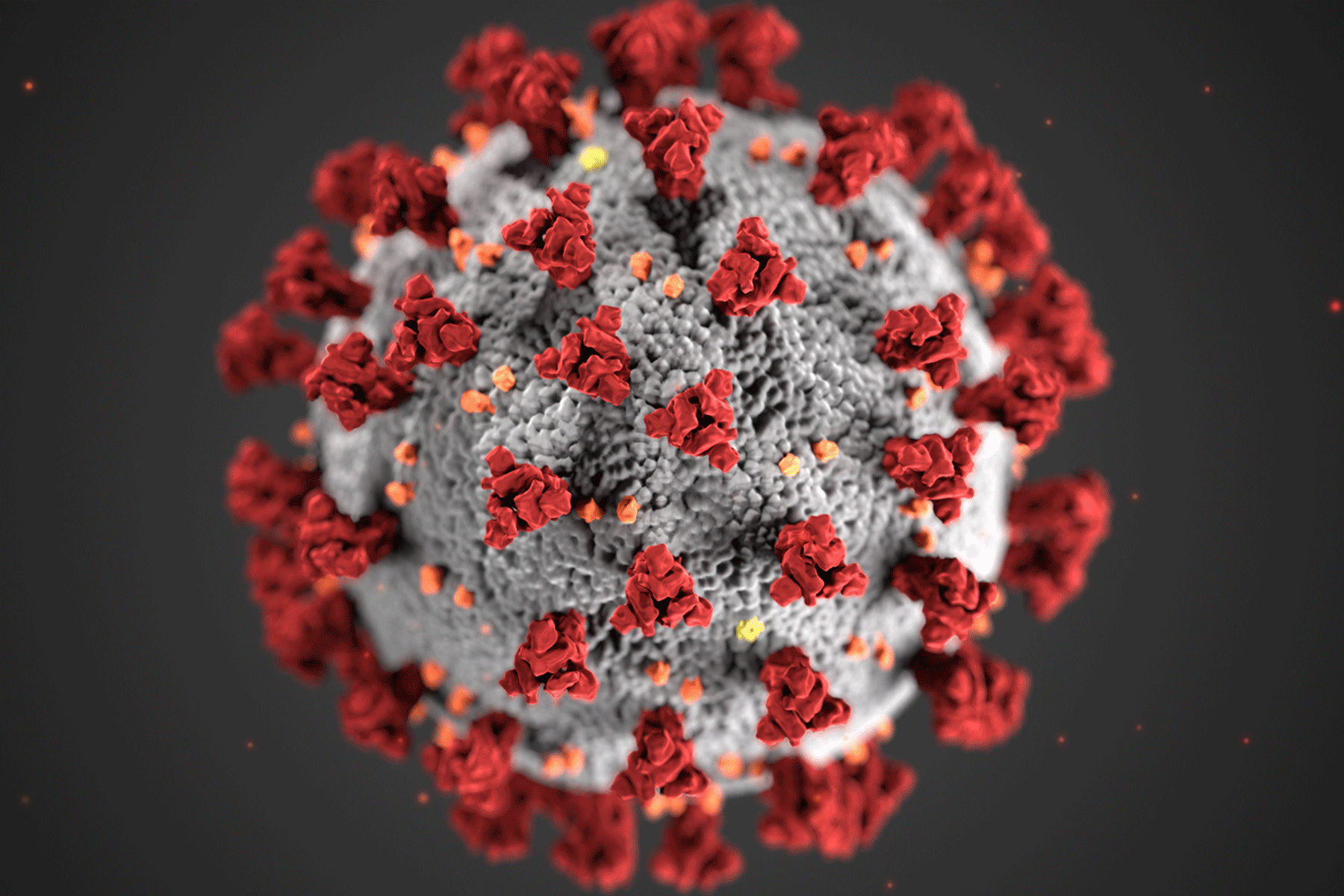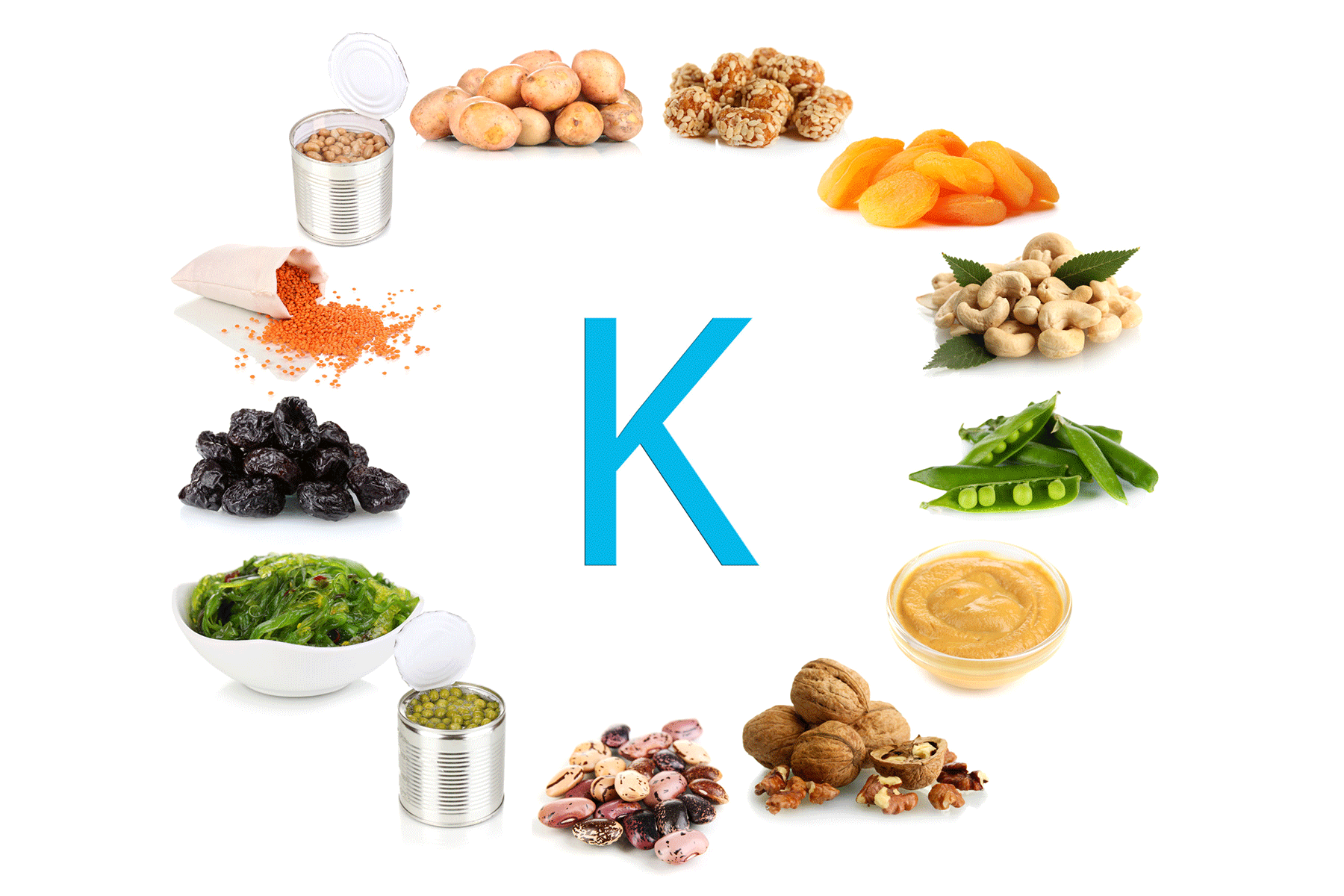Every year on June 5, people worldwide celebrate World Environment Day—a moment to reflect on how our actions impact the planet and our health. This year, plastic pollution demands urgent attention for its direct threat to the safety of the food we eat. Plastic pollution is everywhere—in oceans, rivers, streets, and even the air. But it doesn’t just dirty our surroundings; it invades our food chain, from farming to packaging and storage. On this World Environment Day, it’s time to recognise how plastic pollution contaminates our plates and endangers our health, and what we can do about it.
How Plastics Enter the Food Chain
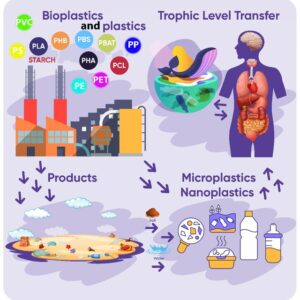
Plastic waste doesn’t simply vanish. Large plastic items break down into microplastics—tiny particles smaller than 5 millimetres—that contaminate soil, water, and air. Crops absorb microplastics through polluted soil and irrigation water, while fish and marine animals ingest them, mistaking plastics for food. When we consume seafood, fruits, and vegetables grown in contaminated environments, we also consume these plastics. Research has found microplastics in common foods like salt, honey, rice, and bottled water—even in breast milk. These tiny particles can carry harmful chemicals that enter our bodies through daily diets, raising concerns about long-term health effects.
Plastic in Food Packaging, Cooking, and Storage
Plastic is widely used in food packaging because it’s lightweight, inexpensive, and helps keep food fresh. However, plastics are also commonly used in cooking and storing food. When heated, reused, or if not food-grade, plastics can release harmful chemicals into food. Key chemicals of concern include:
- Bisphenol A (BPA): Found in some plastic containers and can linings, linked to hormonal disruptions.
- Phthalates: Used to soften plastics, associated with reproductive and developmental issues.
- Styrene: Present in polystyrene (thermocol) containers, can leach into hot foods.
Many street food vendors serve food on plastic plates, wrap it in cling film, or use containers not designed for food use, unknowingly exposing consumers to these toxins. Using non-food-grade plastics for cooking or storage greatly increases the risk of contamination.
The Problem of Single-Use Plastics and Waste Mismanagement
Single-use plastics—like straws, cutlery, wrappers, and bottles—are convenient but cause lasting harm. These items are discarded after one use but take hundreds of years to break down, accumulating everywhere: littering streets, clogging drains, and filling landfills and waterways.
Burning plastic waste releases toxic gases such as dioxins and furans. These pollutants settle on soil and crops, contaminating the food we grow and eat. In many rural areas, plastic bags and containers not intended for food storage are still used for grains and vegetables, increasing the risk of harmful chemical residues leaching into food. Without proper recycling and disposal, plastic pollution continues to grow, threatening the safety and sustainability of our food supply.
Plastic Pollution in Marine Life: A Serious Food Safety Concern
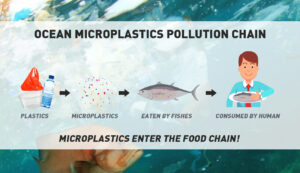
Our oceans are drowning in plastic. Each year, around 11 million tonnes of plastic enter marine environments. Marine animals—including fish, turtles, and seabirds—often mistake plastic debris for food. Swallowing plastic blocks their digestive tracts, causing starvation or injury.
More worryingly, plastics absorb and carry toxic chemicals, which accumulate inside these animals. When we consume seafood contaminated with microplastics and harmful chemicals, we risk exposure to health problems such as hormonal imbalances, immune issues, and other diseases. Plastic pollution threatens marine life and the livelihoods of fishing communities who depend on clean, healthy oceans. Protecting marine ecosystems is essential for safe, sustainable seafood.
How Plastic Pollution Affects Human Health

Studies increasingly link plastic-related chemicals to serious health issues like:
- Hormonal imbalances
- Fertility problems
- Digestive disorders
- Increased cancer risk
- Immune system disruption
Children and pregnant women are especially vulnerable. While research on microplastics’ full health impact continues, experts agree that pollution in our environment directly affects our bodies.
How to Reduce Plastic Pollution and Protect Food Safety
Here are simple steps we can take:
- Reduce Single-Use Plastics: Use reusable bags, bottles, and containers. Avoid plastic straws and disposable cutlery.
- Use Food-Grade Packaging: Always choose containers certified safe for food contact.
- Support Eco-Friendly Products: Opt for biodegradable, recyclable, or compostable packaging.
- Raise Awareness: Talk to friends, family, and local vendors about plastic pollution risks.
- Segregate and Recycle Waste: Separate plastics from organic waste and support recycling efforts.
The Role of Government and Industry
Governments and industries play a vital role in tackling plastic pollution by:
- Enforcing strict food packaging standards that ban non-food-grade plastics.
- Promoting eco-friendly packaging innovations.
- Running public awareness campaigns on plastic’s impact on food safety.
- Improving waste management systems, especially in urban and market areas.
Conclusion
Plastic pollution is more than litter—it directly contaminates our food and threatens our health. From farms to dining tables, plastics infiltrate the food chain, putting millions at risk. By reducing plastic use, choosing safer packaging, and demanding stronger policies, we can protect both our environment and the food we rely on. This World Environment Day, let’s commit to making choices that safeguard our planet and the food on our plates.
 Food Manifest
Food Manifest 